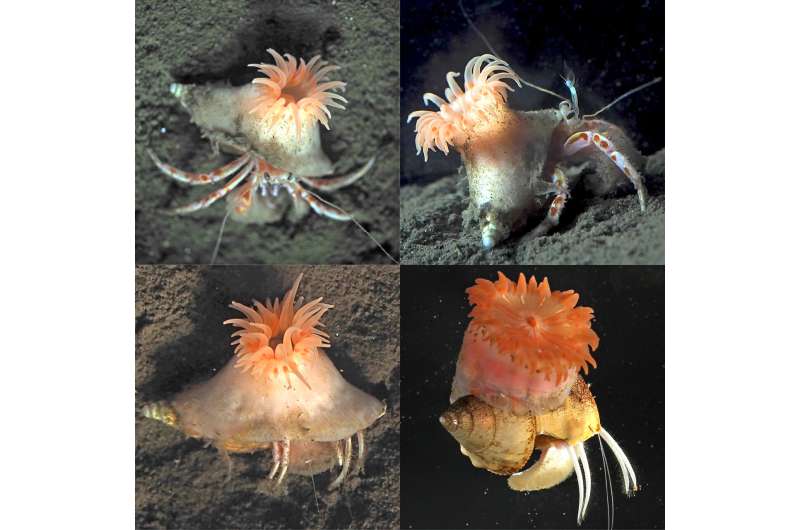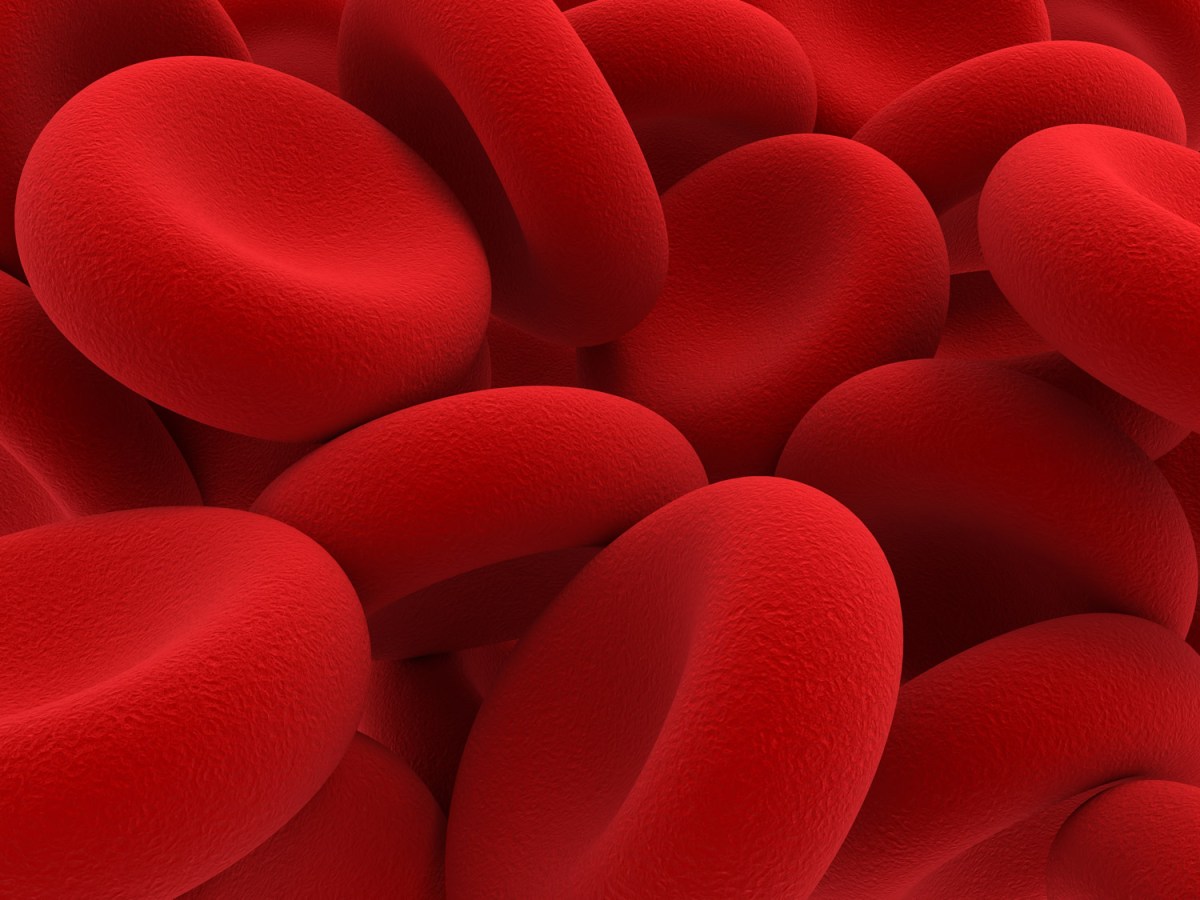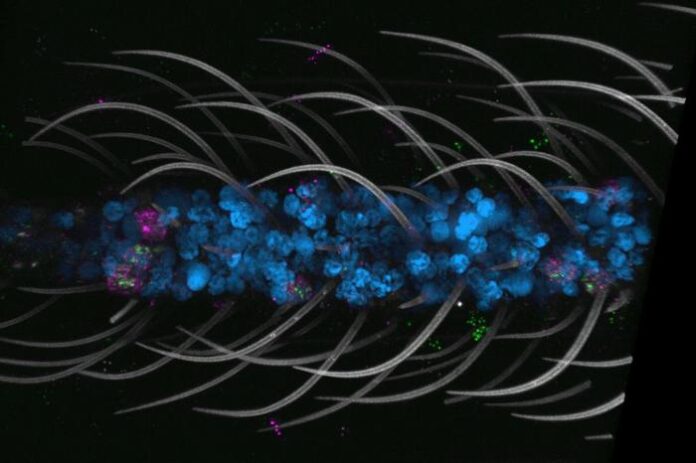Researchers from Kumamoto University and associated institutions have identified a new species of deep-sea sea anemone that constructs shell-like “homes” for hermit crabs, marking a significant discovery in marine biology. This species, named Paracalliactis tsukisome sp. nov., was found at depths ranging from 200 to 500 meters off the Pacific coasts of Mie and Shizuoka Prefectures in Japan.
This remarkable anemone differs from typical varieties as it produces a shell-like structure known as a carcinoecium. This feature serves to expand and strengthen the shell of the hermit crab Oncopagurus monstrosus, showcasing a unique form of mutualism and co-evolution in the ocean depths. The findings were published in the journal Royal Society Open Science on November 4, 2025.
Stable isotope analyses indicate that the anemone derives part of its nutrition from organic particles and the feces of the hermit crab. This recycling mechanism highlights an efficient food chain dynamic occurring on the deep-sea floor. Additionally, micro-computed tomography (micro-CT) imaging revealed that the anemone attaches to the crab’s shell in a consistent, directional manner, suggesting a correlation between its feeding habits and shell-building behavior.
The partnership appears to benefit both species. The hermit crab experiences increased body size compared to its relatives, indicating a successful mutualistic relationship.
The soft pink hue of the anemone inspired its name, “tsukisome,” which translates to “pale pink color” in an ancient Japanese dialect found in Man’yōshū, Japan’s oldest collection of poetry. In this context, a “tsukisome-dyed kimono” symbolizes gentle yet sincere affection, a fitting tribute to the anemone’s delicate appearance and its enduring relationship with its hermit crab host.
“This discovery shows how even simple animals like sea anemones can evolve surprisingly sophisticated behaviors,” stated Associate Professor Akihiro Yoshikawa of Kumamoto University’s Aitsu Marine Station, who led the study. He emphasized that the anemone’s ability to construct a shell-like structure provides intriguing insights into how animals perceive their environment.
The research contributes to the understanding of symbiotic relationships in marine ecosystems and suggests that there is much more to discover in the depths of our oceans. Further studies may reveal additional aspects of the mutualistic behaviors exhibited by these unique species.







